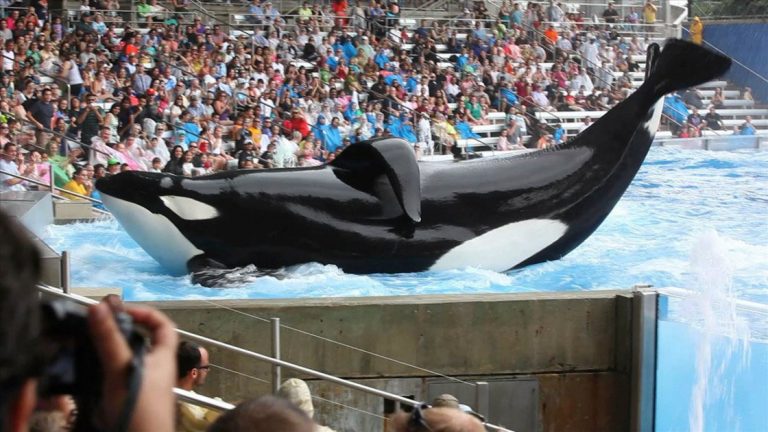
Documentary Blackfish uncovers the dangers of keeping Orcas in captivity
H.G. Watson
CCE EDITOR-IN-CHIEF
In 1877, writer Anna Sewell published Black Beauty. It’s the story of a horse who trades hands between a number of owners, some nice but many more cruel and terrible. The novel, told from Beauty’s perspective, is a parable about the importance of animal welfare and how the way we treat animals reflects on our own personalities.
It’s been almost 150 years since Black Beauty was released, but it appears we haven’t learned much judging by the story told by new documentary Blackfish. The film is about the billion dollar marine park entertainment industry and its captives, killer whales. In particular the film is concerned with the life of one Orca – Tilikum, the largest Orca in captivity, who is responsible for the deaths of three separate people.
Tilikum’s story is presented like a modern version of Black Beauty’s. The film chronicles the early, Wild West days of Orca capture in the Pacific Ocean, where Tilikum is separated from his pod in the 1970’s. From there, he is sent to a marine park in Victoria, B.C. where is he kept in a swimming pool sized enclosure with two other female Orcas who beat up on him. When not performing, he’s shunted into an even smaller metal enclosure (some of you have living rooms larger than where he was kept). It’s here where it is alleged that Tilikum pulled a trainer under the water and drowned her.
Later, Tilikum is sold to SeaWorld. There, because of his size, he’s a star. But the film chronicles how his violent past is kept quiet from trainers — all of whom, it bears mentioning, are young and attractive but have no marine biology qualifications to speak of.
You’ve likely heard this part of the story. Almost 20 years after the attack, Tilikum pulls trainer Dawn Brancheau under the water and savages her, in front of horrified guests who videotape the whole thing. While trainers at times speculate that Tilikum may have done it on purpose, the documentary makes clear that the real guilty party are the people who captured Tilikum, the people who continue to keep in in concrete bathtub and the people who pay hundreds of dollars every year to see him swim around in it. Over and over, the documentary points out that Orca’s have never once attacked a human in the wild but at marine parks they have multiple times. The only difference is now that everyone has a video camera in their pocket, we can all see when it happens.
In the end of Black Beauty, Beauty is saved from the glue factory by one of his first owners, a kind horse trainer who adopts him and puts him out to pasture. Tilikum’s story has no such kind ending in sight. He’s a product of entertainment, and the people who own him aren’t eager to give him up. But what Blackfish hopes to do is tell his story, so that one day he too can leave.

